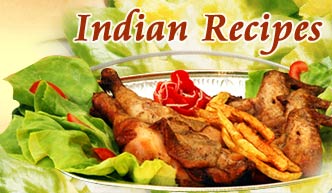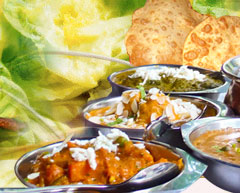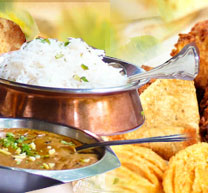During the Vedic period (1500-500
BC), the priestly castes sacrificed animals to appease and gain boons
from the gods, after which the flesh was consumed. In the Atharvaveda,
beef-eating was prohibited as it was likened to committing a sin against
one's ancestors.
Muslim infiltration into the subcontinent caused a gastronomic
revolution. In fact, it created a marriage between the non-vegetarian
fare of the Middle East and the rich gravies that were indigenous to
India, creating what is known as Mughlai cuisine. Spices were added to
cream and butter, rice was cooked with meat, and dishes were garnished
with almonds, pistachios, cashews and raisins. India was also introduced
to kebabs and pilafs (or pulaos). There was a variety of sweetmeats; the
idea of ending the meal with a dessert being of Arabic origin. Most of
these sweets were made of almonds, rice, wheat flour or coconut,
sweetened with sugar and scented with rose-water.



